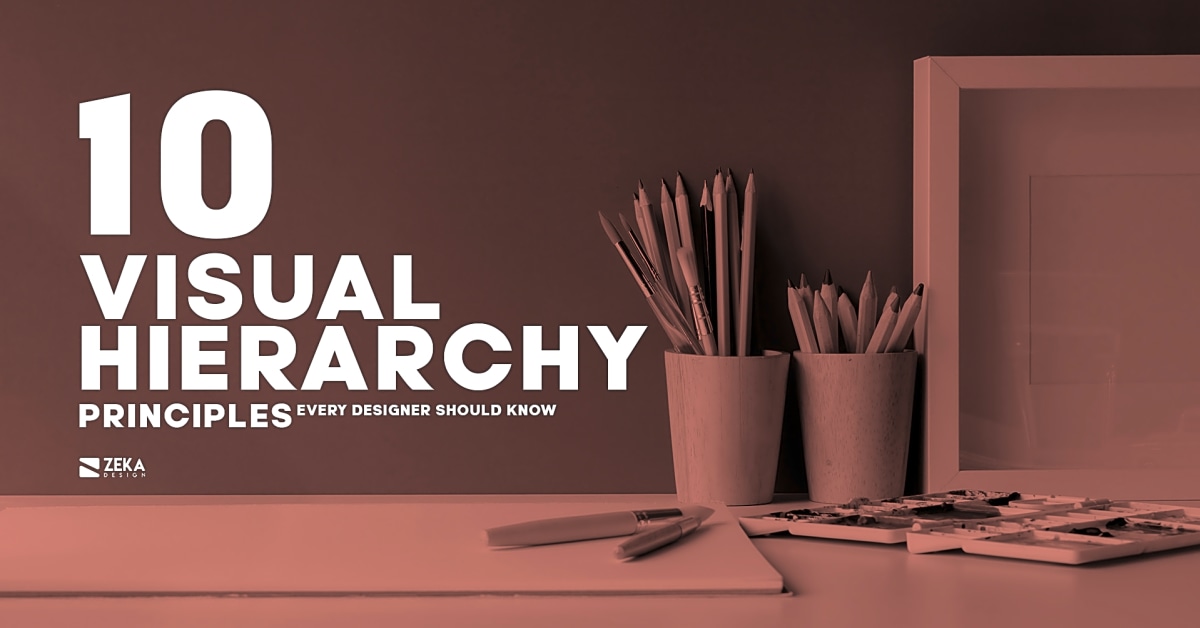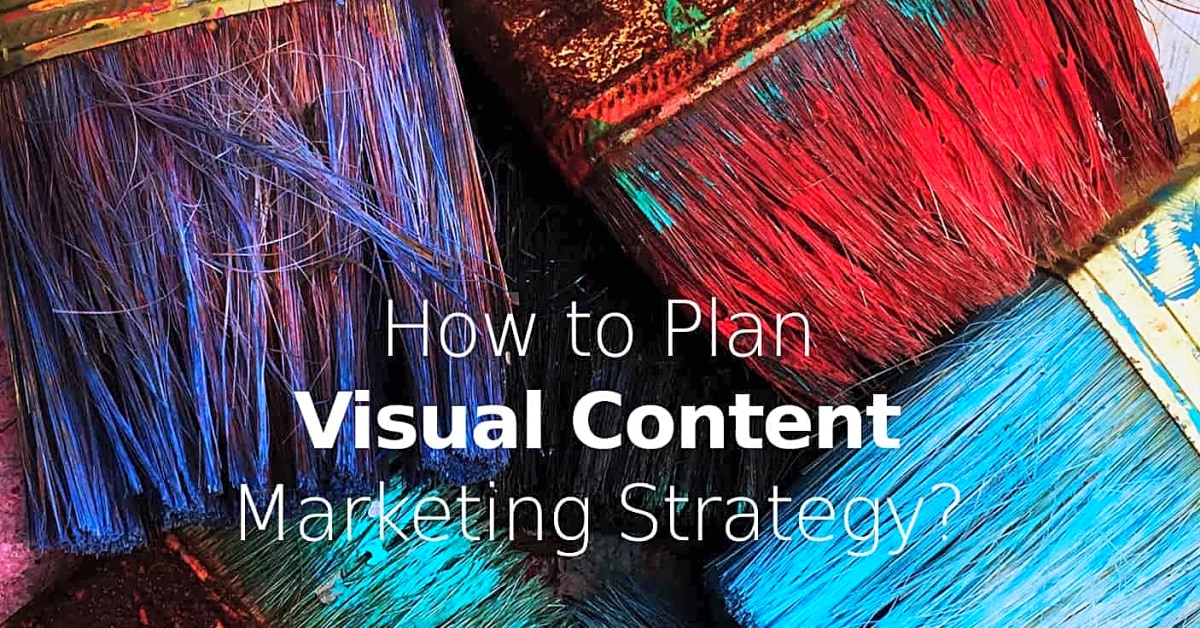In today’s digital age, design has become an essential element in creating a successful and visually appealing website. With thousands of websites competing for attention, it is crucial to have a design that stands out and captures the audience’s interest. One of the key factors in achieving this is through the use of color theory and visual hierarchy in design. These elements play a vital role in creating a cohesive and impactful design that not only looks great but also effectively communicates your message. In this article, we will explore the importance of using color theory and visual hierarchy in web design, and how they can elevate your website’s overall aesthetic. So, whether you’re a seasoned designer or just starting out, read on to discover how you can take your web design to the next level.
First, let’s discuss the importance of color in design. Color has the power to evoke emotions and influence behavior, making it a crucial element in design. Understanding the basics of color theory, such as the color wheel and color harmonies, can help you make informed decisions when choosing colors for your designs. For example, warm colors like red, orange, and yellow can create a sense of energy and excitement, while cool colors like blue, green, and purple can evoke feelings of calmness and trust. By strategically using these colors in your designs, you can effectively communicate your message to your audience.
Next, let’s dive into visual hierarchy. Visual hierarchy refers to the arrangement of elements in a design that indicates their importance. By using size, color, contrast, and spacing, you can guide the viewer’s eye through your design and highlight the most important information. This is crucial in design because it allows you to control the flow of information and ensure that your message is conveyed effectively.
To illustrate the importance of visual hierarchy in design, let’s look at an example. Imagine a website with a large heading in bright red font and smaller subheadings in a dull grey font. The heading would immediately catch the viewer’s attention, while the subheadings would be less noticeable. By using color and size to create contrast, the designer has effectively communicated the importance of the heading and subheadings to the viewer.
Welcome to our article on using color theory and visual hierarchy in design. Whether you are a business leader looking to improve your team’s performance or a designer looking to create effective designs, understanding the principles of color theory and visual hierarchy can greatly enhance your skills. In this article, we will cover everything you need to know about these concepts and how to apply them in your design work.
Creating Visual Hierarchy
Use HTML structure with color theory and visual hierarchy to create an effective design. Visual hierarchy is the arrangement and organization of elements in a design to guide the viewer’s attention and create a sense of importance. The principles of visual hierarchy include contrast, size, color, and placement. By understanding these principles, you can create a visual hierarchy that effectively communicates your message and guides the viewer’s eye through the design. Use
contrast
to create emphasis on important elements, such as using a bold font for headings.
Size
can also be used to establish hierarchy, with larger elements appearing more important.
Color
can be used to draw attention to specific elements or create a sense of unity in the design. And
placement
plays a crucial role in guiding the viewer’s eye through the design, with important elements placed in prominent positions. By implementing these principles in your designs, you can effectively create a visual hierarchy that enhances the overall impact of your design.
Using Color Theory in Design
Welcome to our article on using color theory and visual hierarchy in design. Whether you are a business leader looking to improve your team’s performance or a designer looking to create effective designs, understanding the principles of color theory can greatly enhance your skills. Color theory is the study of how colors interact with each other, and how they can be used to create visually appealing designs. It involves understanding concepts such as the color wheel, color schemes, and color psychology. By learning these basics, you can apply them in your designs to evoke certain emotions or convey specific messages. Here are some key points to keep in mind when using color theory in your design work: Use complementary colors – Complementary colors are those that are opposite each other on the color wheel, such as red and green or blue and orange. Using these colors together can create a strong contrast and make elements stand out. Consider the mood you want to convey – Different colors have different psychological effects on people. For example, warm colors like red and yellow can evoke feelings of energy and excitement, while cool colors like blue and green can create a sense of calmness and relaxation. Think about the mood you want to convey in your design and choose colors accordingly. Use color schemes – Color schemes are combinations of colors that work well together. Some common color schemes include monochromatic (using different shades of the same color), analogous (using colors that are next to each other on the color wheel), and triadic (using three evenly spaced colors on the color wheel). Experiment with different color schemes to see which one best fits your design. Don’t forget about contrast – Contrast is important in design because it helps elements stand out and makes them more visually appealing. This can be achieved by using colors with different values (lightness or darkness), saturation (intensity of color), or temperature (warm or cool tones).
By understanding the basics of color theory and how to apply it in your designs, you can create visually appealing and effective designs that will capture your audience’s attention. Remember to always consider the context and purpose of your design when choosing colors, and don’t be afraid to experiment and try new things. With practice, you will become more comfortable using color theory in your designs and see the positive impact it can have on your work.In conclusion, color theory and visual hierarchy are essential elements in design that can greatly impact organizational efficiency and team building. By understanding these concepts and implementing them in your designs, you can effectively communicate your message and create visually appealing designs. We hope this article has provided valuable insights and tips for using color theory and visual hierarchy in your design work.







